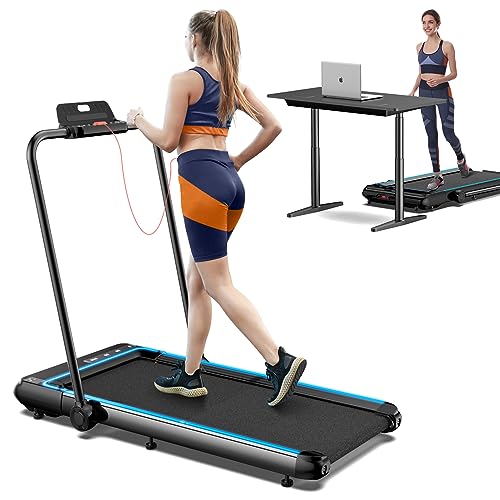In today's busy world, where time is a luxury, maintaining a constant exercise routine can be a challenge. For many, a walking machine-- commonly understood as a treadmill-- works as an ideal physical fitness buddy. This article offers a thorough take a look at walking machines, including their advantages, types, maintenance pointers, and regularly asked concerns.
Walking machines provide a useful and efficient way to integrate cardiovascular exercise into every day life. Here are several key benefits:
When considering a walking machine, it's necessary to select the ideal type based on individual physical fitness objectives and area constraints. Below are the primary types of walking machines:
| Type | Description |
|---|---|
| Manual Treadmills | These machines do not have a motor, and users need to walk or run to turn the belt. |
| Electric Treadmills | Powered by an electric motor, permitting users to set the speed and slope easily. |
| Folding Treadmills | Developed for simple storage, these treadmills can be folded when not in usage. |
| Desk Treadmills | Suitable for a dual work and exercise environment, these compact machines enable walking while working. |
| Slope Trainers | These permit users to mimic uphill walking, boosting workout intensity and calorie burn. |
Choosing the best walking machine can substantially impact motivation and effectiveness. Here are some elements to consider:
Walking machines come in a vast array of costs, depending on features and construction quality. Here's a rough budget breakdown:
| Price Range | Functions |
|---|---|
| Under ₤ 300 | Standard handbook or small electric treadmills with restricted functions. |
| ₤ 300 - ₤ 700 | Advanced electric treadmills with incline, medium power motors, and better guarantees. |
| ₤ 700 - ₤ 1500 | Top quality electric treadmills with bigger built-in display screens, extensive functions, and guarantees. |
| ₤ 1500 and above | High-end designs offering innovative technology, functions, and long lasting building for severe fitness lovers. |
To make sure durability and ideal efficiency of a walking machine, think about the following maintenance pointers:
Yes, walking machines offer an outstanding cardiovascular exercise, can help with weight reduction, and enhance general health.
Go for a minimum of 150 minutes of moderate-intensity aerobic activity each week, which can quickly be accomplished with regular sessions on a walking machine.
Yes, incorporating a walking machine routine into a healthy diet plan can promote weight reduction, particularly if combined with periods and incline training.
Yes, walking machines can be safe for seniors with low-impact settings and security functions like handrails. However, individuals should talk to their doctor before starting any workout program.
The term "walking machine" typically describes a treadmill meant for walking, while "treadmill" can refer to machines used for different strengths, consisting of running.
With their flexibility and convenience, walking machines can significantly boost one's physical fitness journey. By thoroughly picking the ideal type, ensuring correct maintenance, and including different workout techniques, users can maximize their walking machine's benefits. Similar to any workout regimen, consistency is key to attaining enduring fitness results.

Məlumat tapılmadı!
